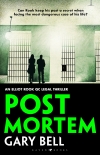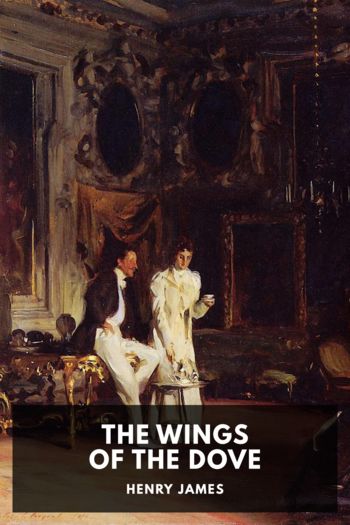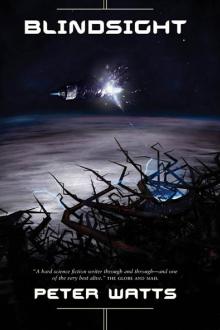Post Mortem Gary Bell (ready player one ebook txt) 📖

- Author: Gary Bell
Book online «Post Mortem Gary Bell (ready player one ebook txt) 📖». Author Gary Bell
After enjoying this new persona for a couple of years, like Joyce’s Jimmy Doyle, I saw no reason to stop now and so I applied to the Inner Temple. When the application form asked if I had a criminal conviction, I answered honestly, not wanting to build my house on shifting sands.
I was miserable when I posted my application, confident that I’d be rejected outright, but I wasn’t. I was invited to an interview to explain the situation, where the members of an admissions board sat like extras in a Shawshank parole hearing, and, somehow, I left that interview as a member of the Honourable Society of the Inner Temple.
Unfortunately, the society didn’t board its students; I was now twenty-eight and homeless again.
During my first year on the streets of the capital back in ’87, there had been hundreds of vagabonds occupying Lincoln’s Inn Fields, which was the largest public square in London and conveniently situated between the Inner Temple and Bar school. I’d slept there once or twice before leaving the city for college and had planned to nest there for at least my first term at Bar school. What I hadn’t counted on, however, was the fine folks of Camden Council who, with the backing of local businesses and non-governmental organisations, had in the early half of 1993 raised enough money to surround the area with high spiked fences and gates that were to be locked at every sundown. While these measures worked in deterring a good number of the square’s former residents, there was still a more resilient proportion that would simply scale the gates after dusk, and so this was what I ended up doing in between my seminars on the merits of law and order.
For the first couple of weeks I exploited the facilities of the Inner Temple’s changing room, bathing there every morning and stashing my belongings on top of the lockers during daytime lectures, but the weather was already turning and completing homework without a home was becoming problematic. I spent most nights working in the Inner Temple tea rooms, loitering there until asked to leave, then I’d join the queue for soup and a hunk of bread from the Salvation Army van.
One afternoon, as I was settling down in the tea rooms with a fresh stack of paperwork, I overheard a lecturer on the next table boasting to his cohorts about a recent trip to the Whitechapel Gallery. There was an exhibition on, he told them, of works by figurative artist Lucian Freud, grandson of Sigmund. From the way he told it, his night had been a staggering, once-in-a-lifetime melange of fine art and consorting with the most cutting-edge creatives in the city over free wine and canapés.
While fine art did nothing much for a man of my pedigree, the promise of free food and a complimentary piss-up was plainly too good to pass on. Within two hours I’d had one of my four shirts washed and dried at the usual launderette, had stuffed my camping bag into the depths of a familiar bush on the Fields and had started on the forty-five-minute walk east to the Whitechapel Gallery.
As a trainee cross-examiner – not to mention a well-practised bullshitter – I probably should’ve realised that the tea room’s boasting lecturer had either been extraordinarily lucky on his visit to the exhibition or was, like most braggarts, a liar. There were no comestibles to speak of at the gallery, and the only stars I’d seen were those punching through momentary gaps in the swollen clouds by the time I’d made it onto Whitechapel Road.
The gallery was crowded enough for me to go unnoticed, with smaller groups talking appreciatively among themselves, and I wasn’t entirely oblivious to art; I’d lived in Paris, after all, and had roamed the Louvre six or seven times to wait out rain or snow. I couldn’t say much about composition or the use of negative space – and as far as some fine art went, I wouldn’t have been able to differentiate between a beloved masterpiece and an infant’s scrawl – but I had enough about me to recognise the technical skill in Freud’s work. The paintings were mostly harsh, uncompromising nudes; I sidestepped from one to another, stroking my chin and nodding thoughtfully at the naked portrayals of performance artist Leigh Bowery while keeping a careful eye out for any sign of the elusive wine.
I only paused at the final piece, which appeared to be the main talking point of the whole collection. Entitled Painter Working, Reflection, it was precisely that: an enormous self-portrait of Lucian Freud standing on a bare studio floor wearing absolutely nothing except for a pair of boots, sans laces, while holding a palette in his left hand and a paintbrush in his right. The attention to detail and undeniable technical skill was only half as staggering, in my opinion, as the candidness behind the sunken dips in his collar, the sagging folds of flesh, his receding hairline and, yes, even his unexaggerated genitals. I might not have understood a great deal about art, but this struck a deep chord; here I was, disguised behind my false persona, staring back at a man in all his honesty.
And there, while I was still marvelling at a seventy-one-year-old man’s cock, she spoke to me.
‘Discomfiting, isn’t it? Reality.’
That was the first thing she ever said to me.
I pulled my eyes away from the canvas, glanced to my right, saw her standing there, and found no immediate response; it seemed that my trained badinage had boarded the last chopper out and left me to fend for myself. I checked over my other shoulder to ensure that she hadn’t been talking to somebody standing on my left. No, she was looking right at me. Eleven years earlier, the blade of a flick knife





Comments (0)